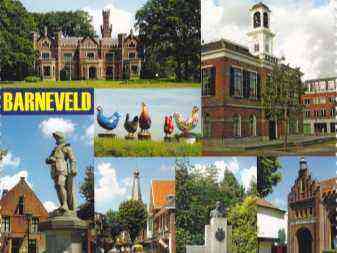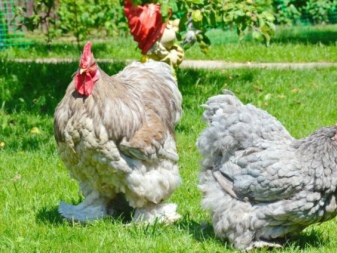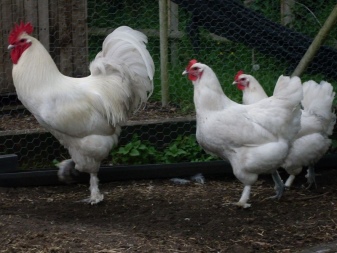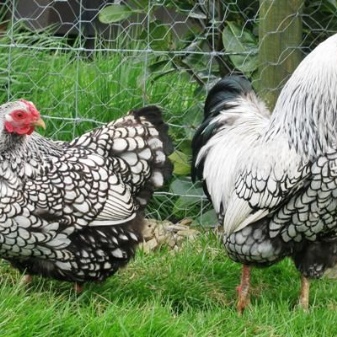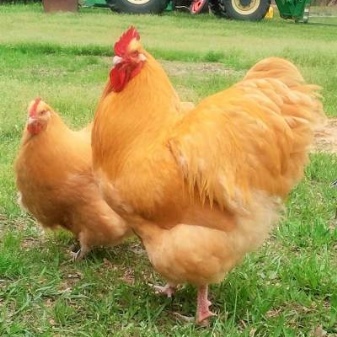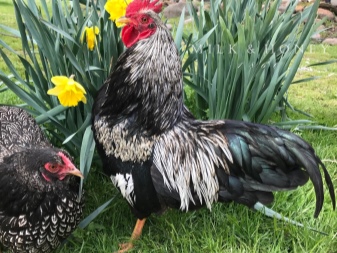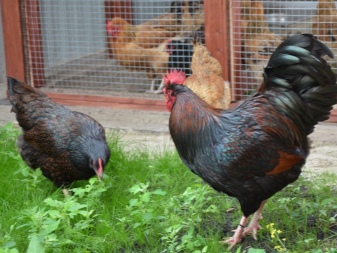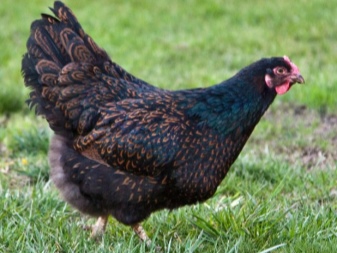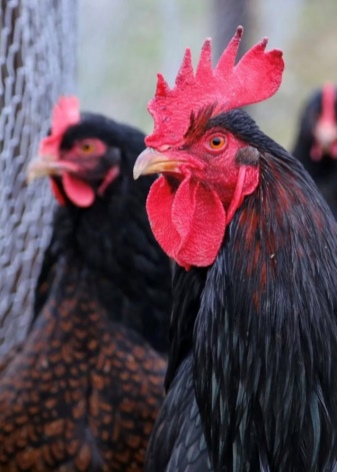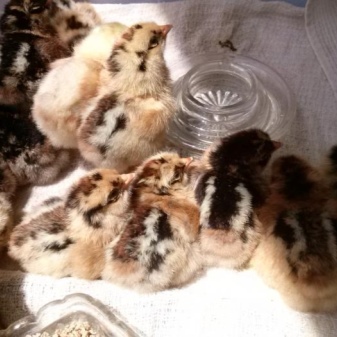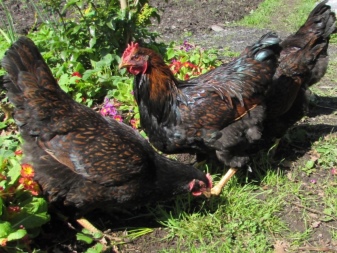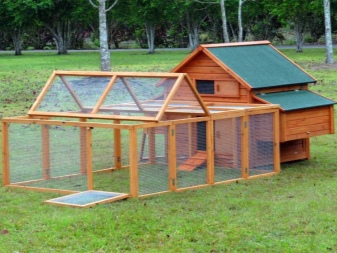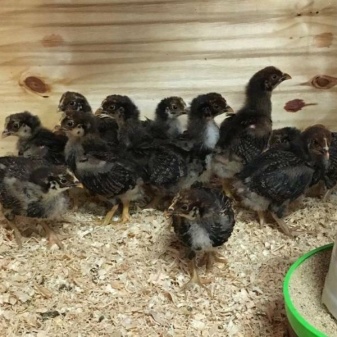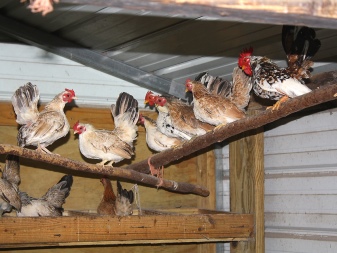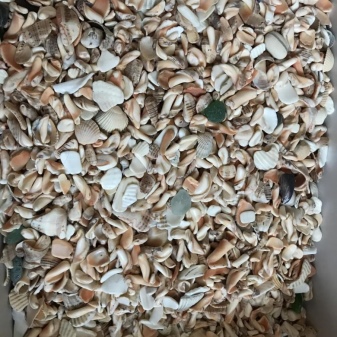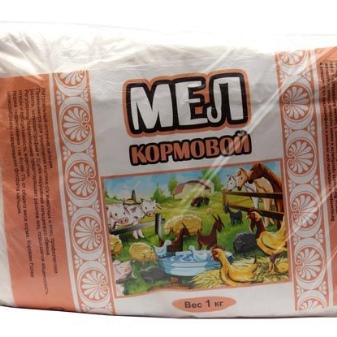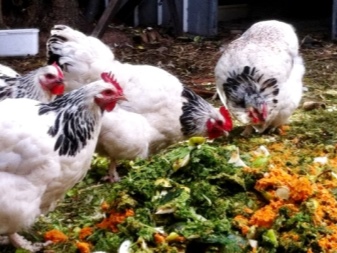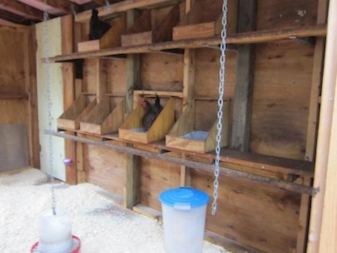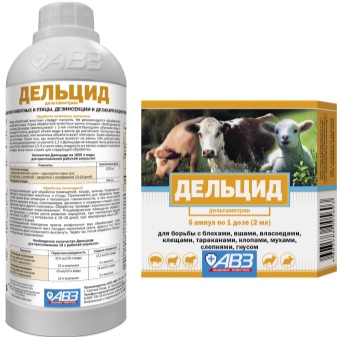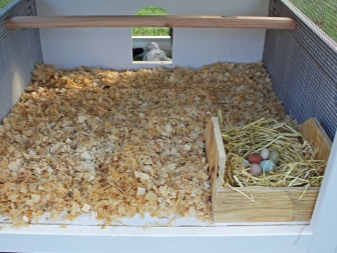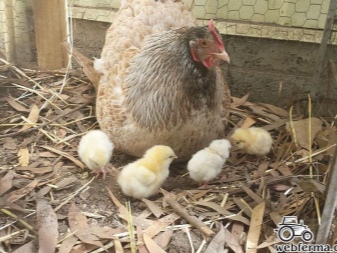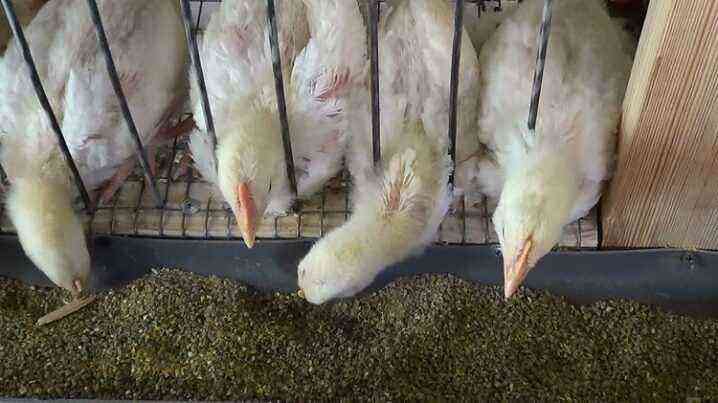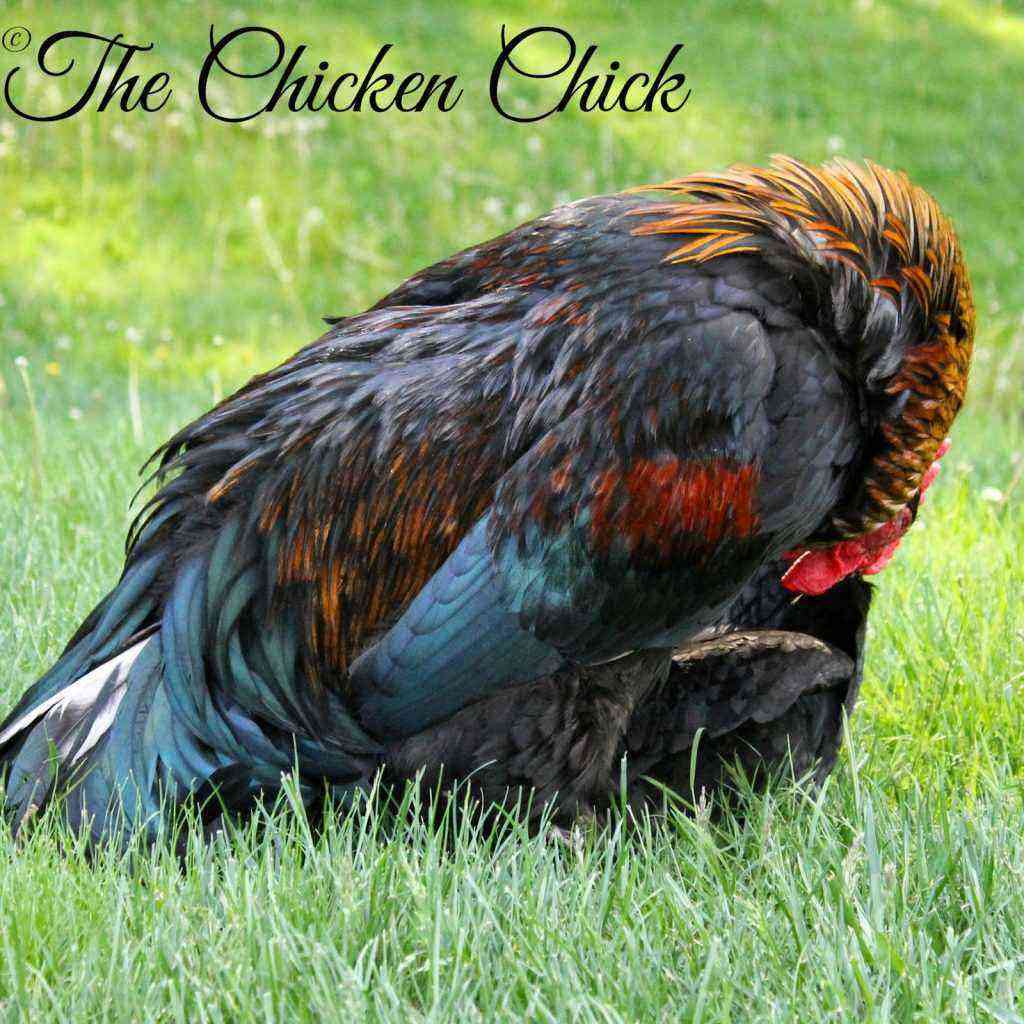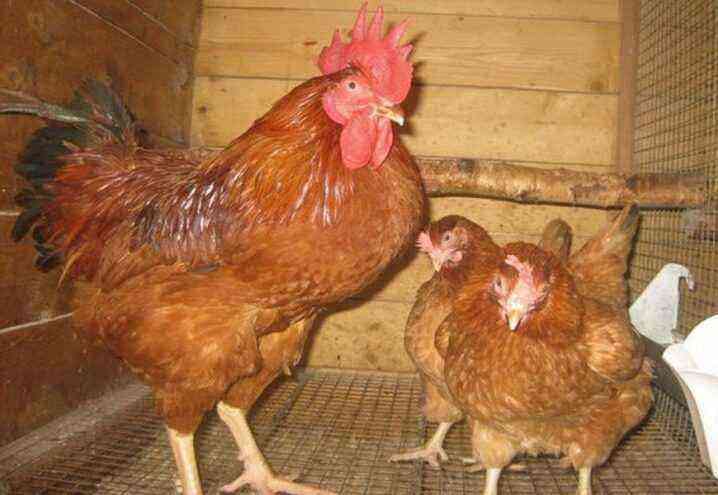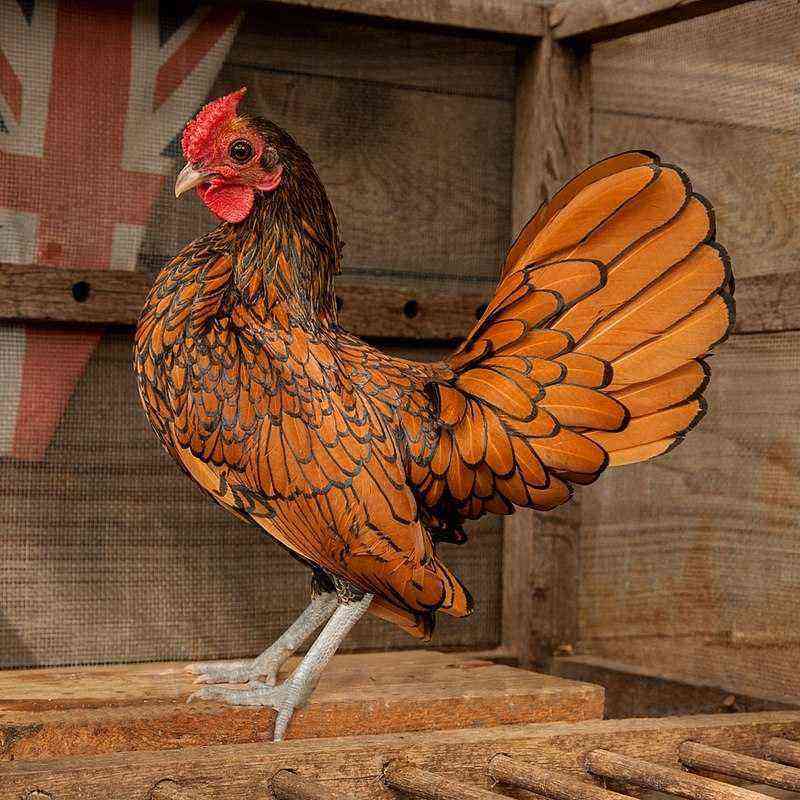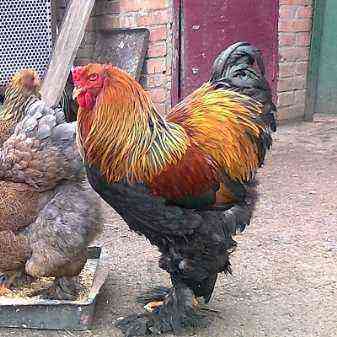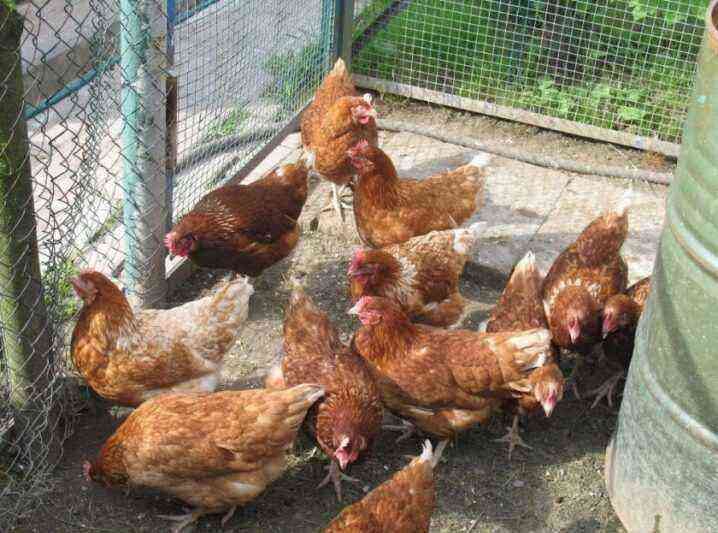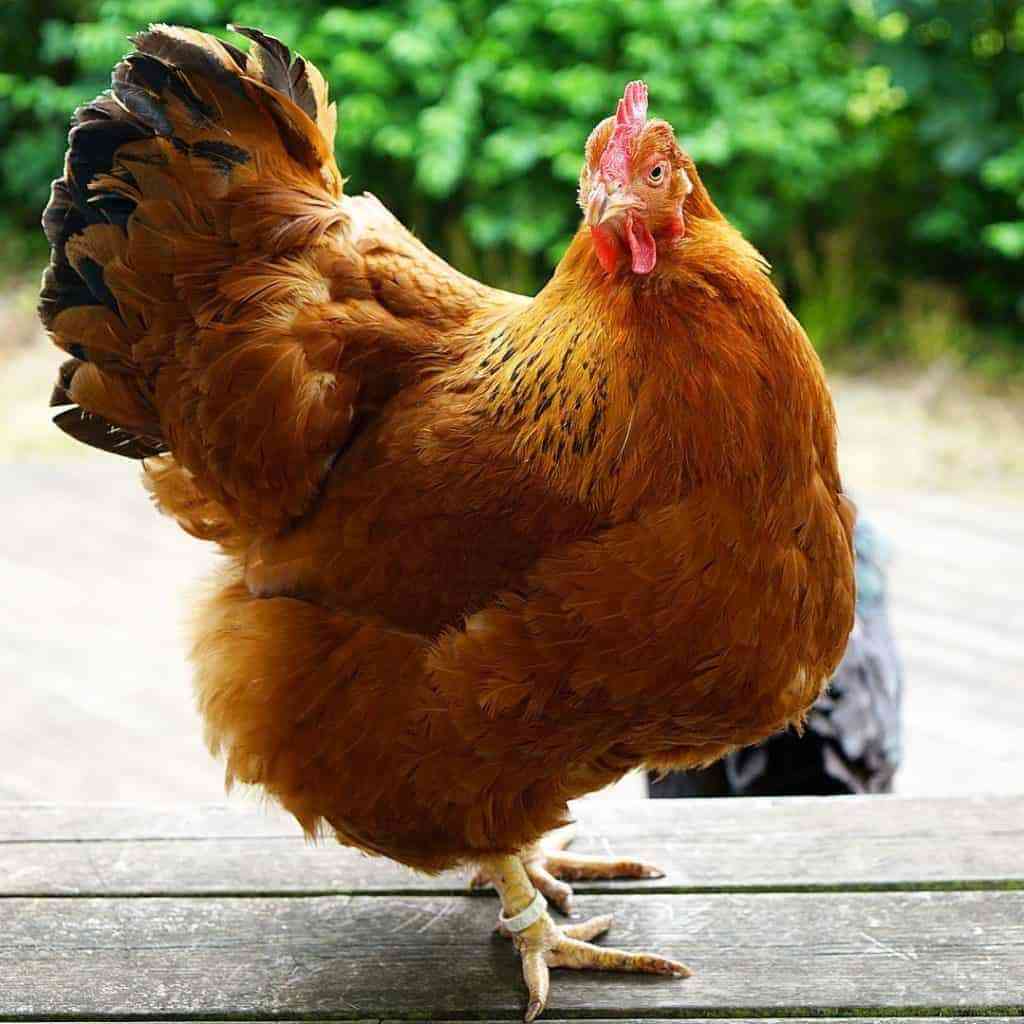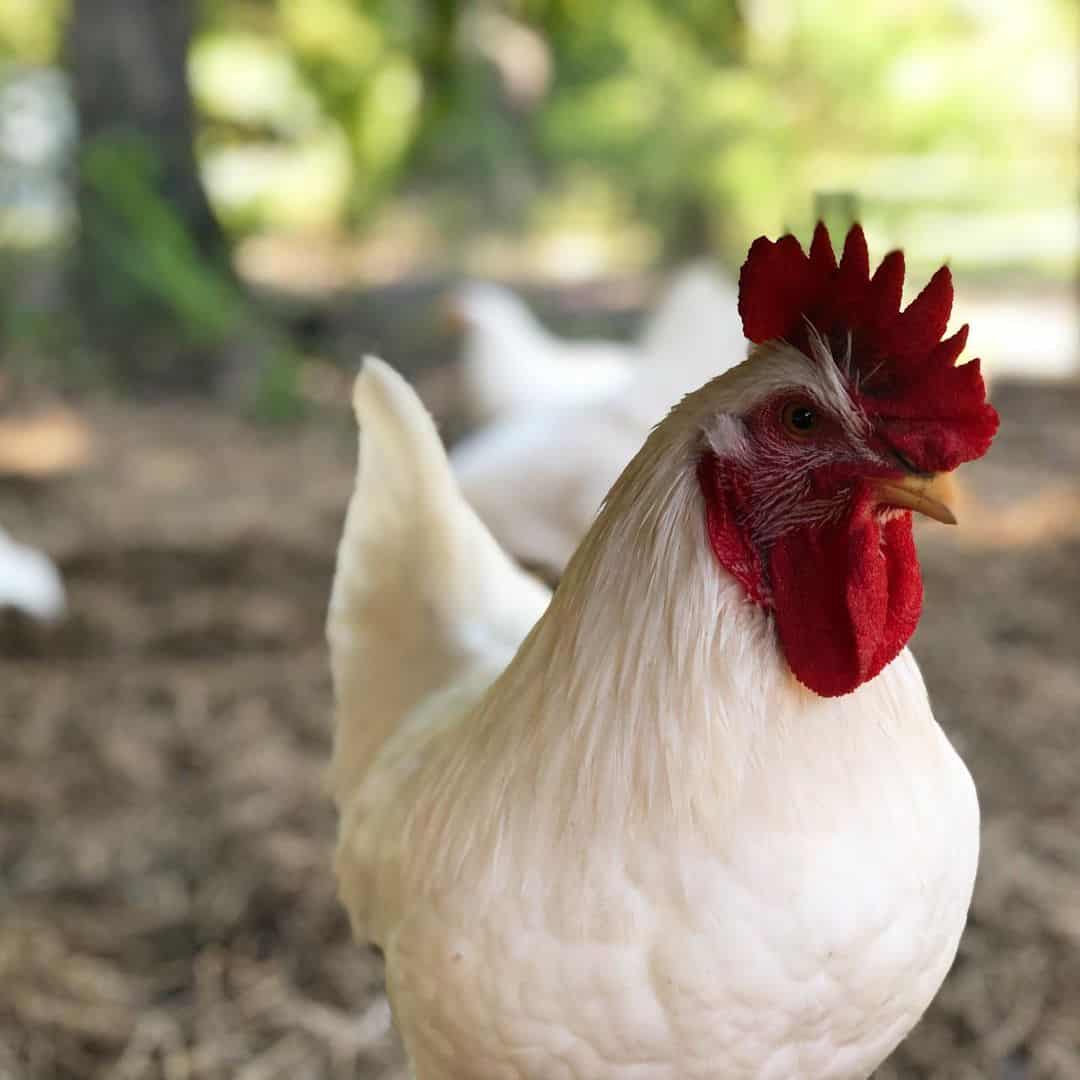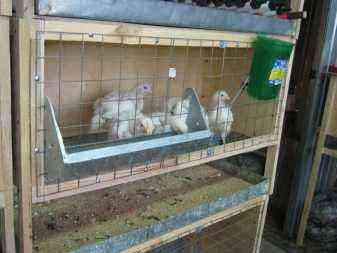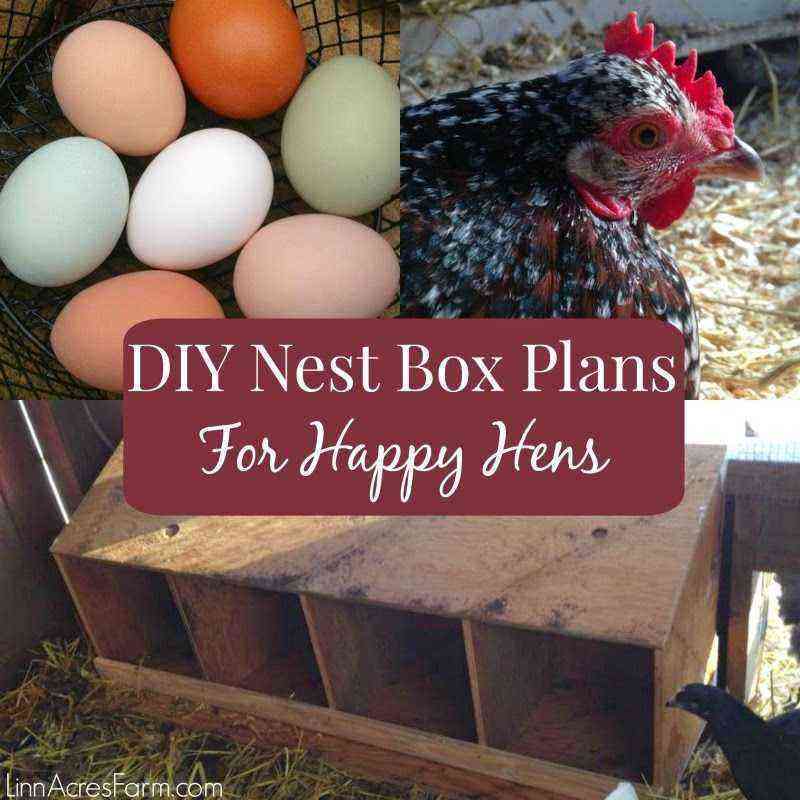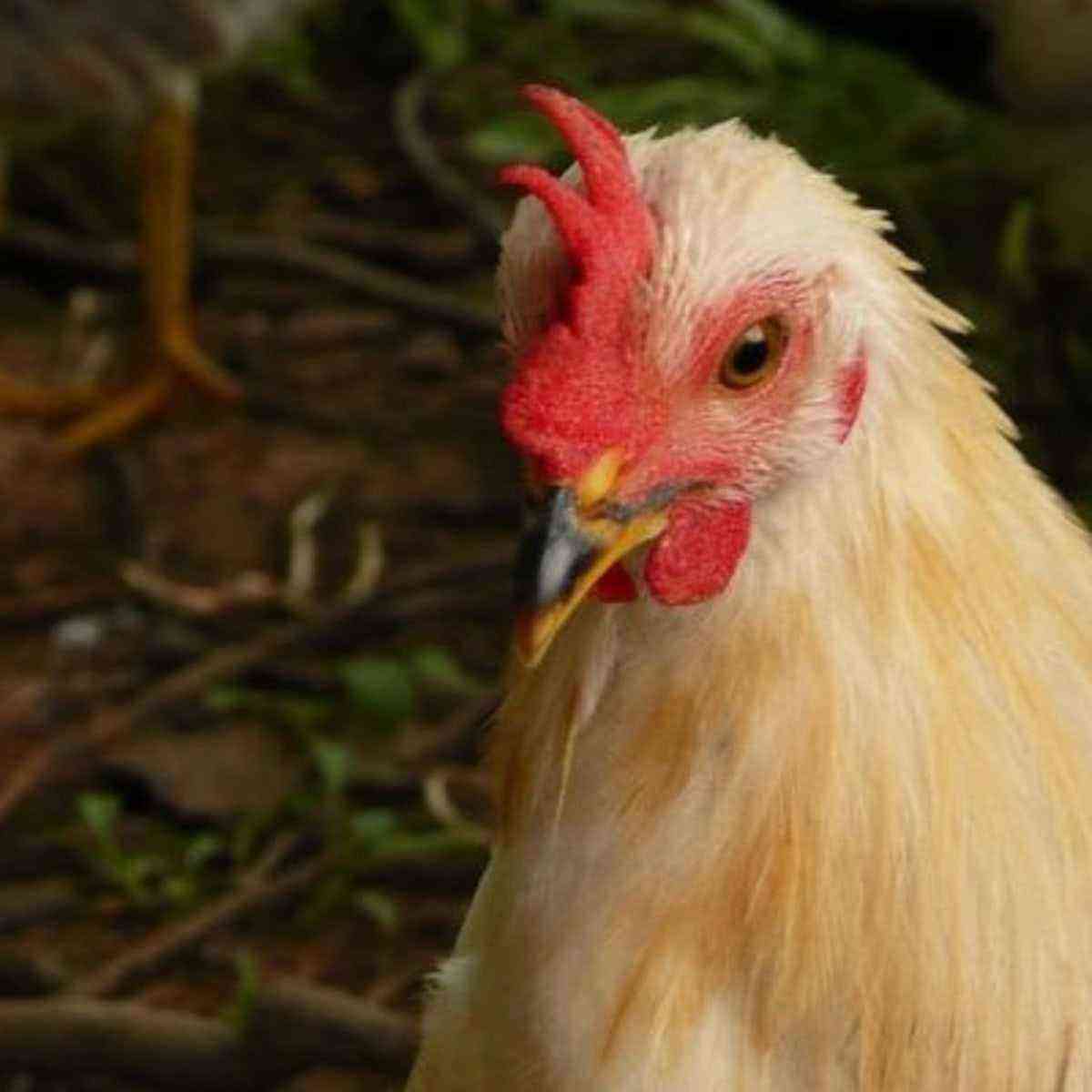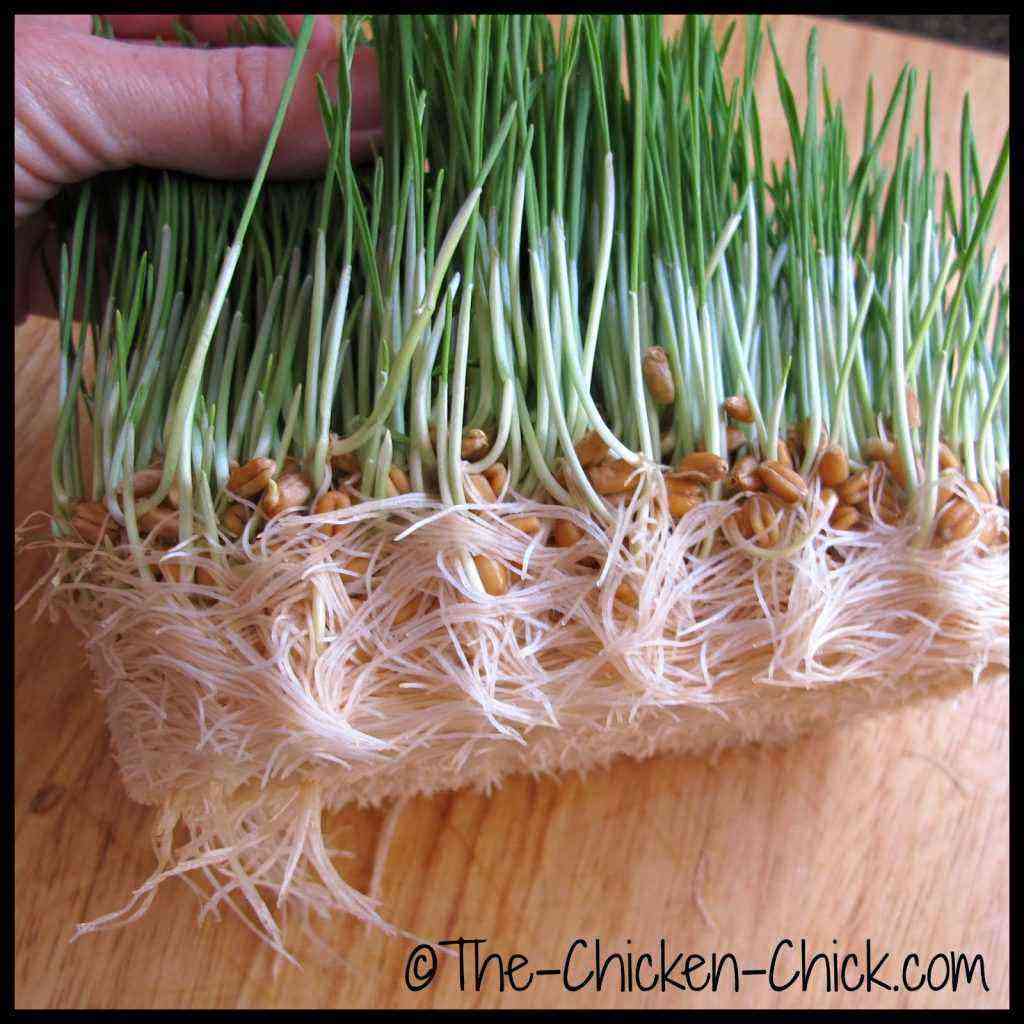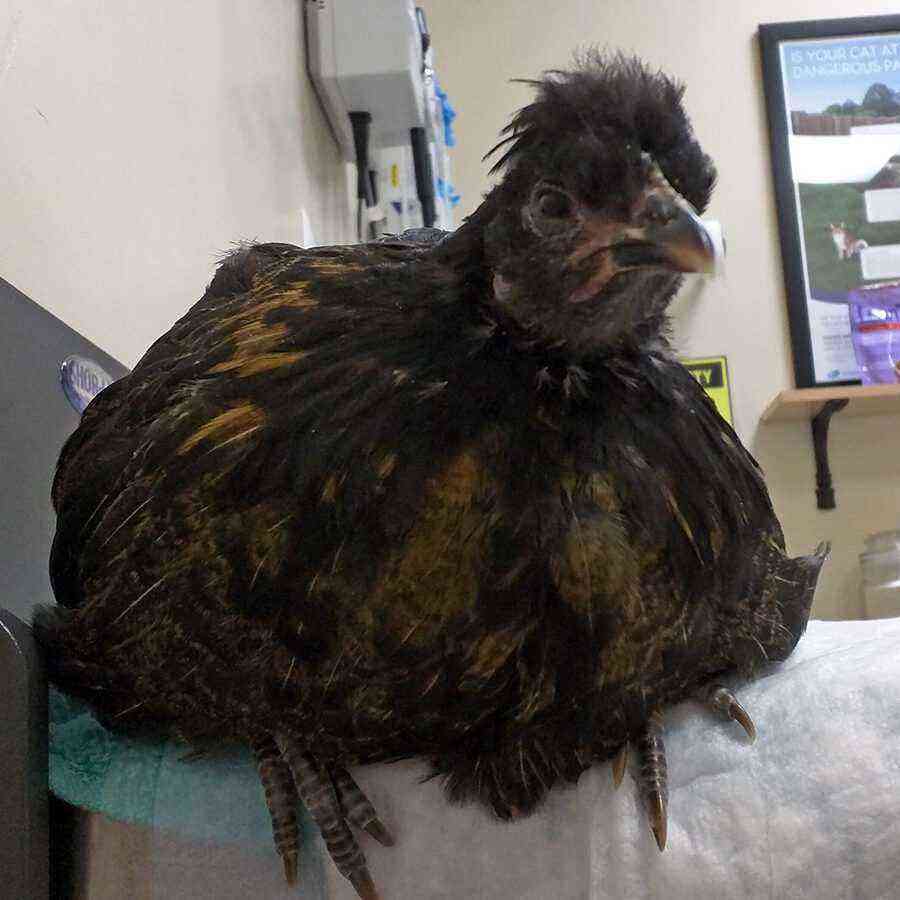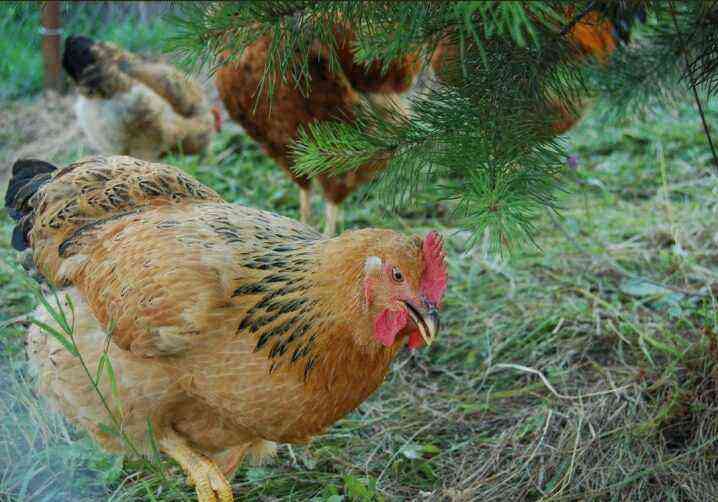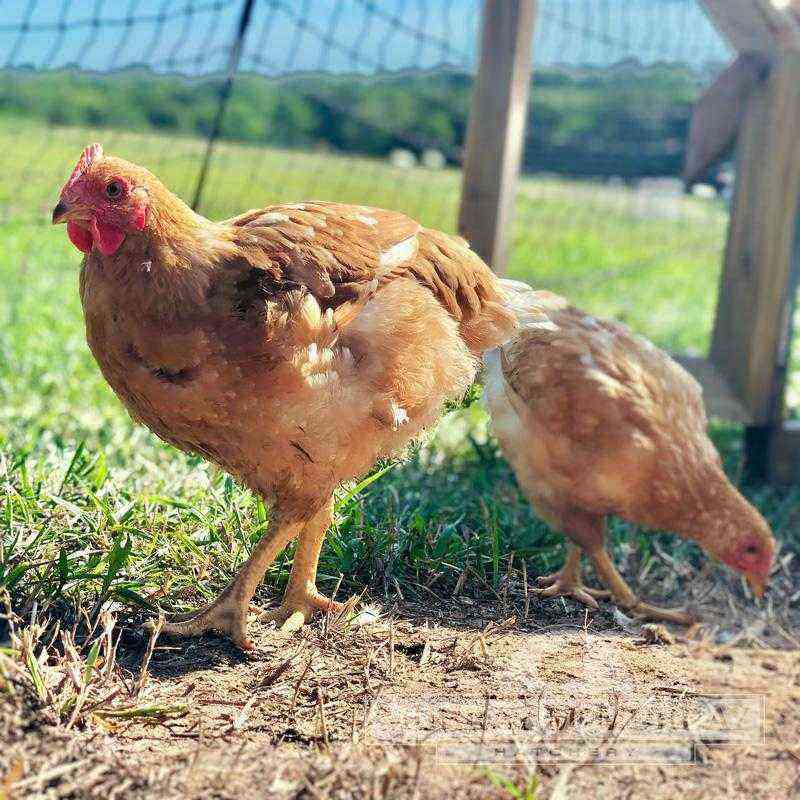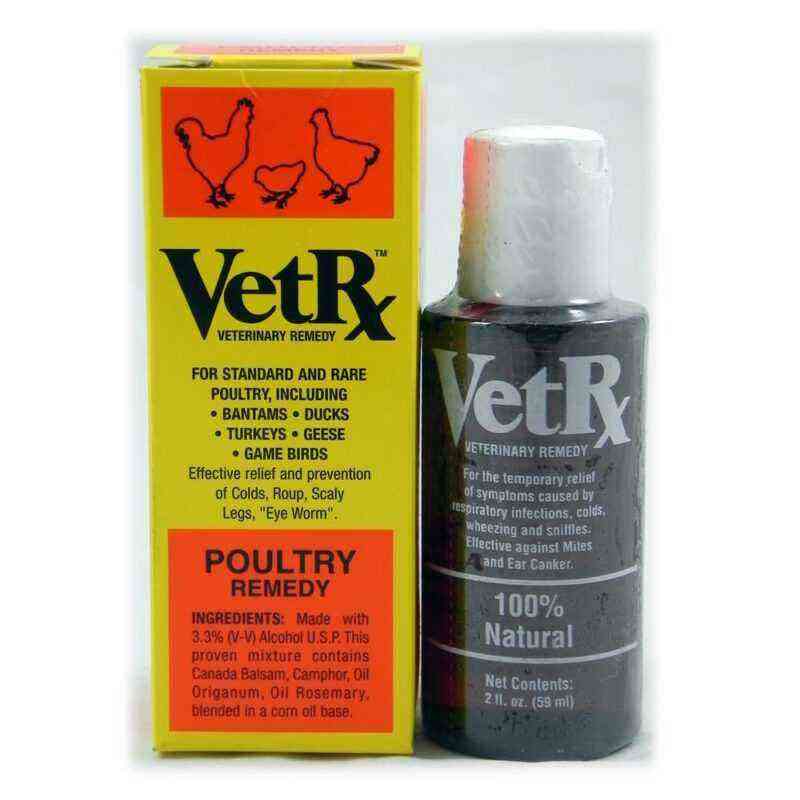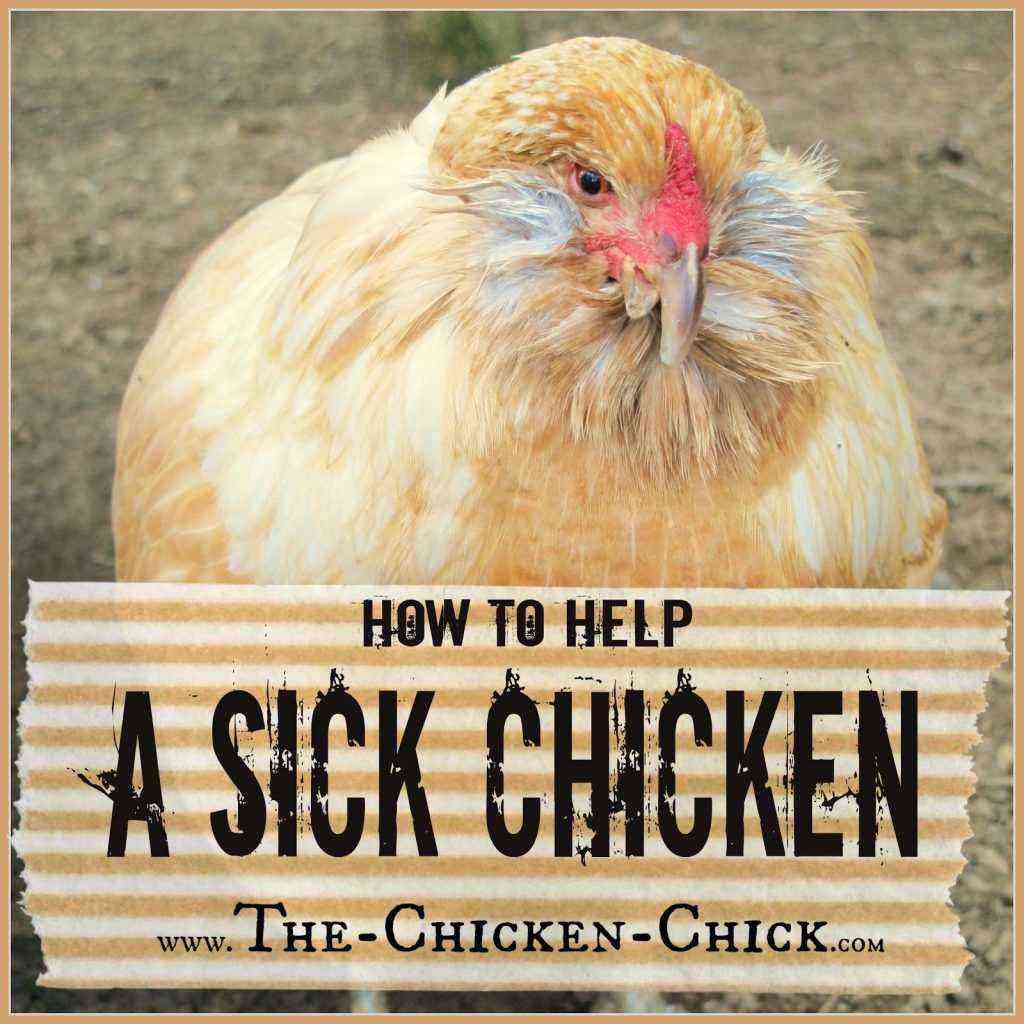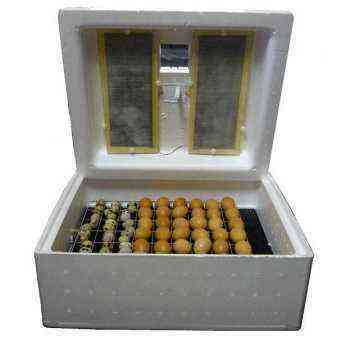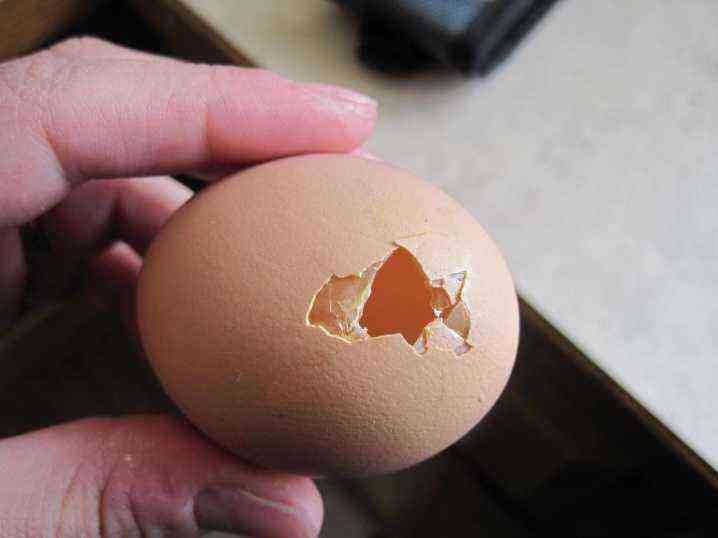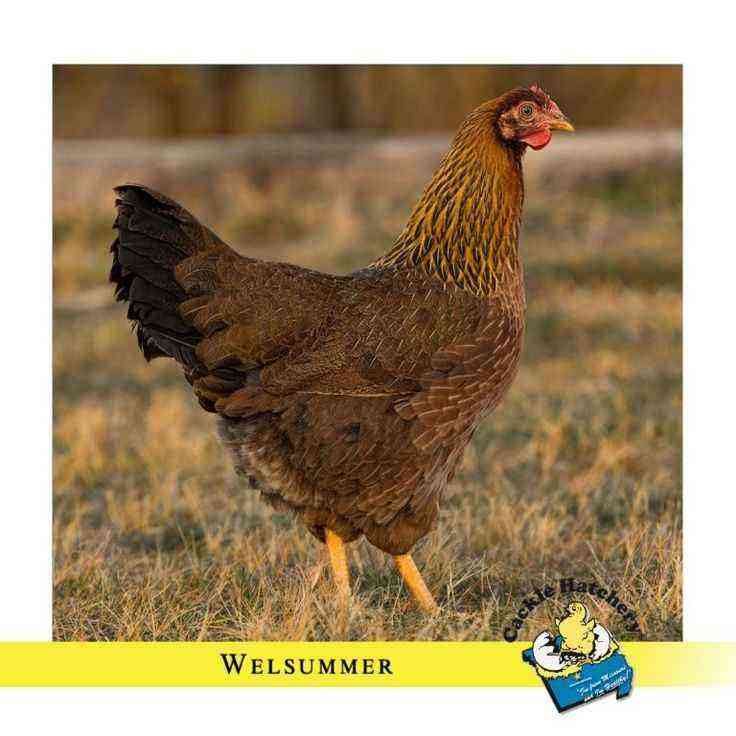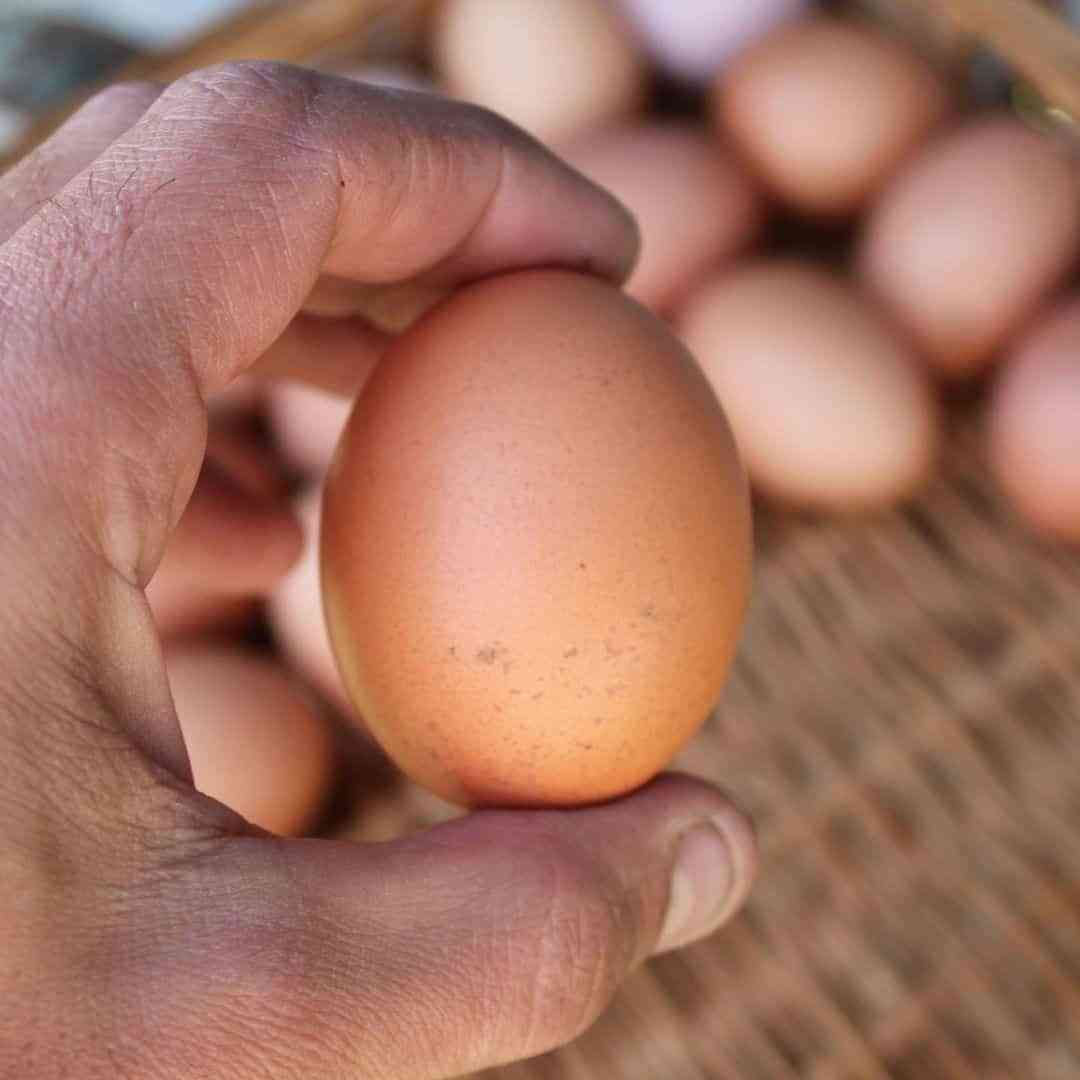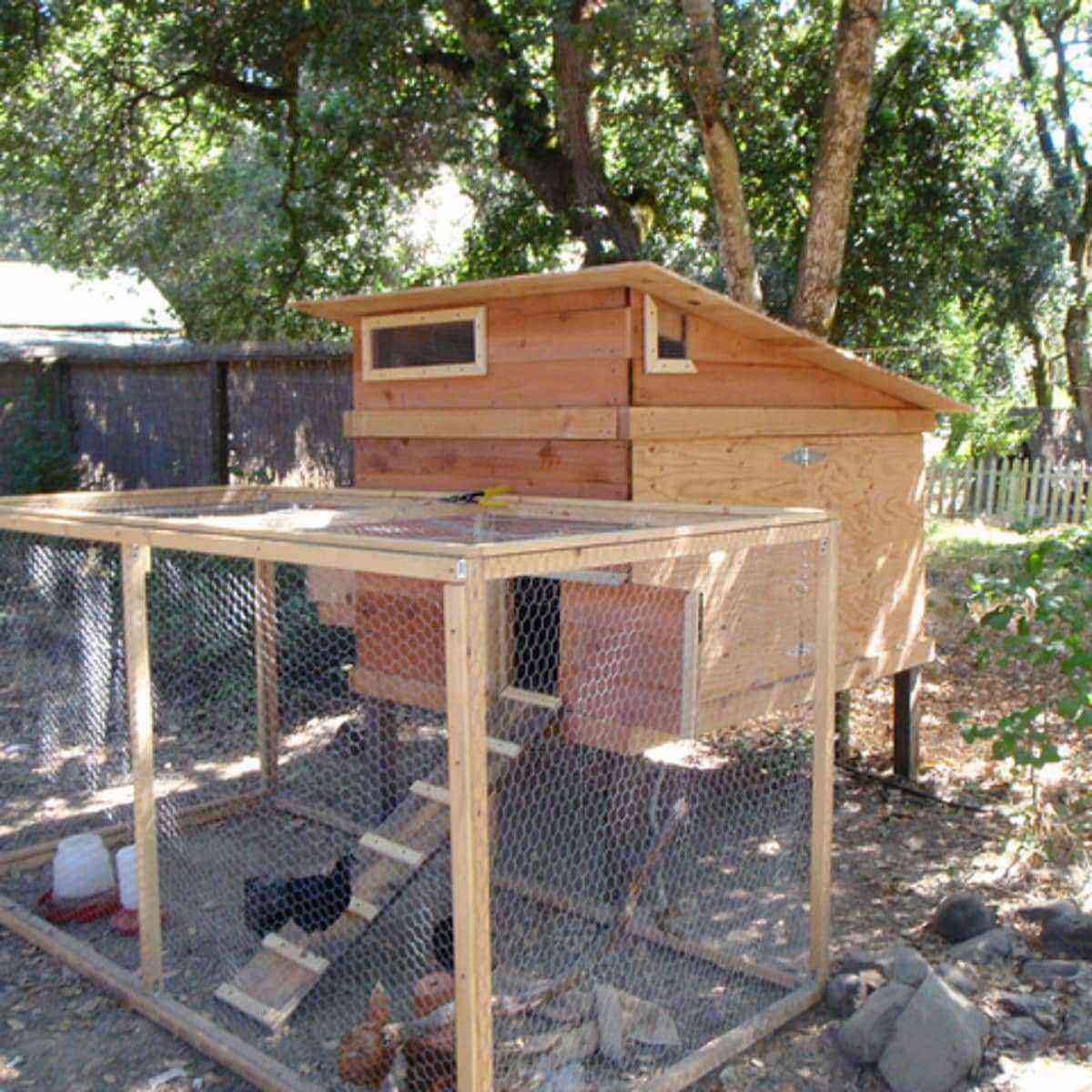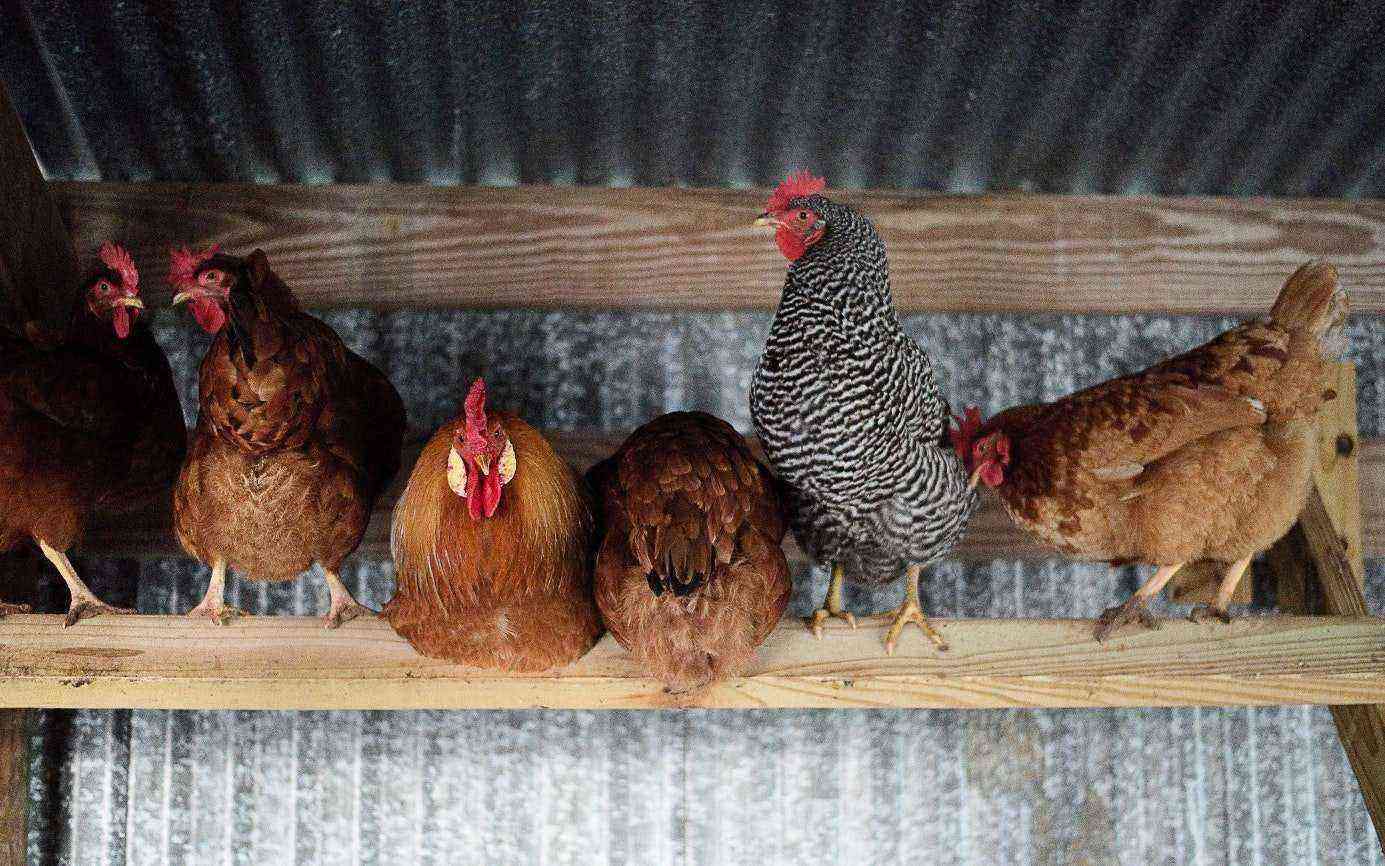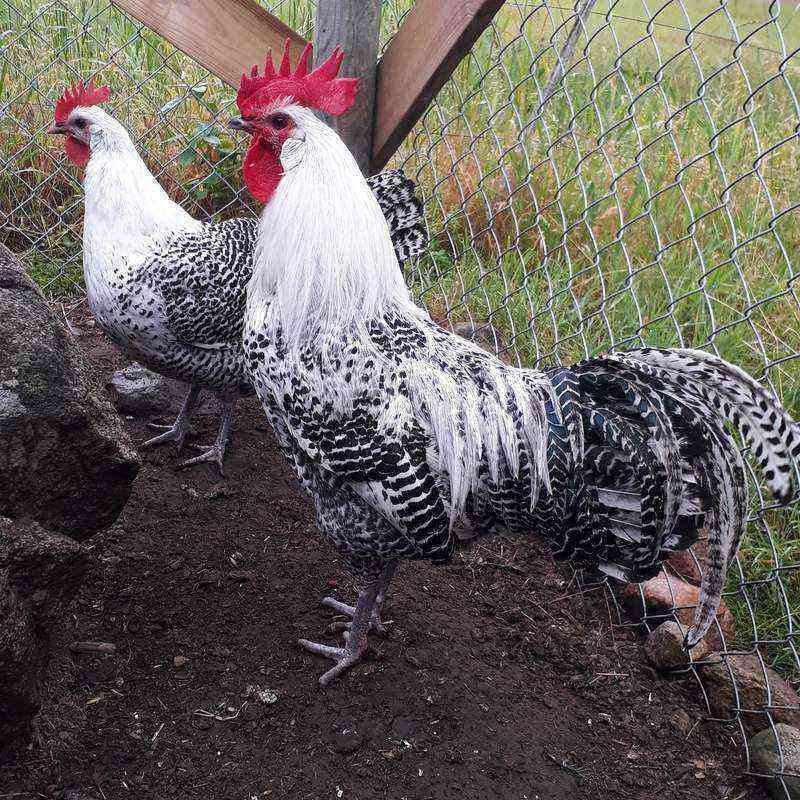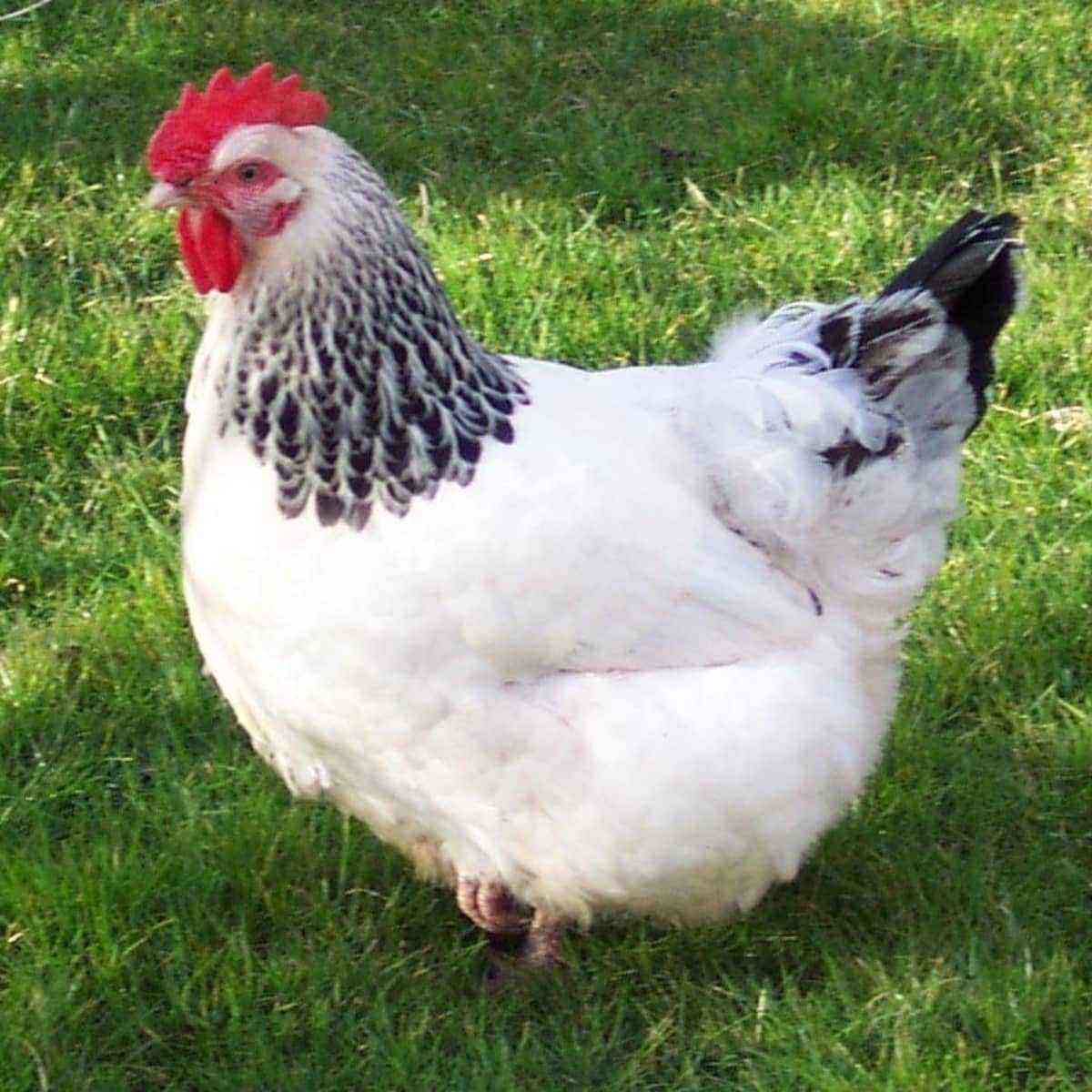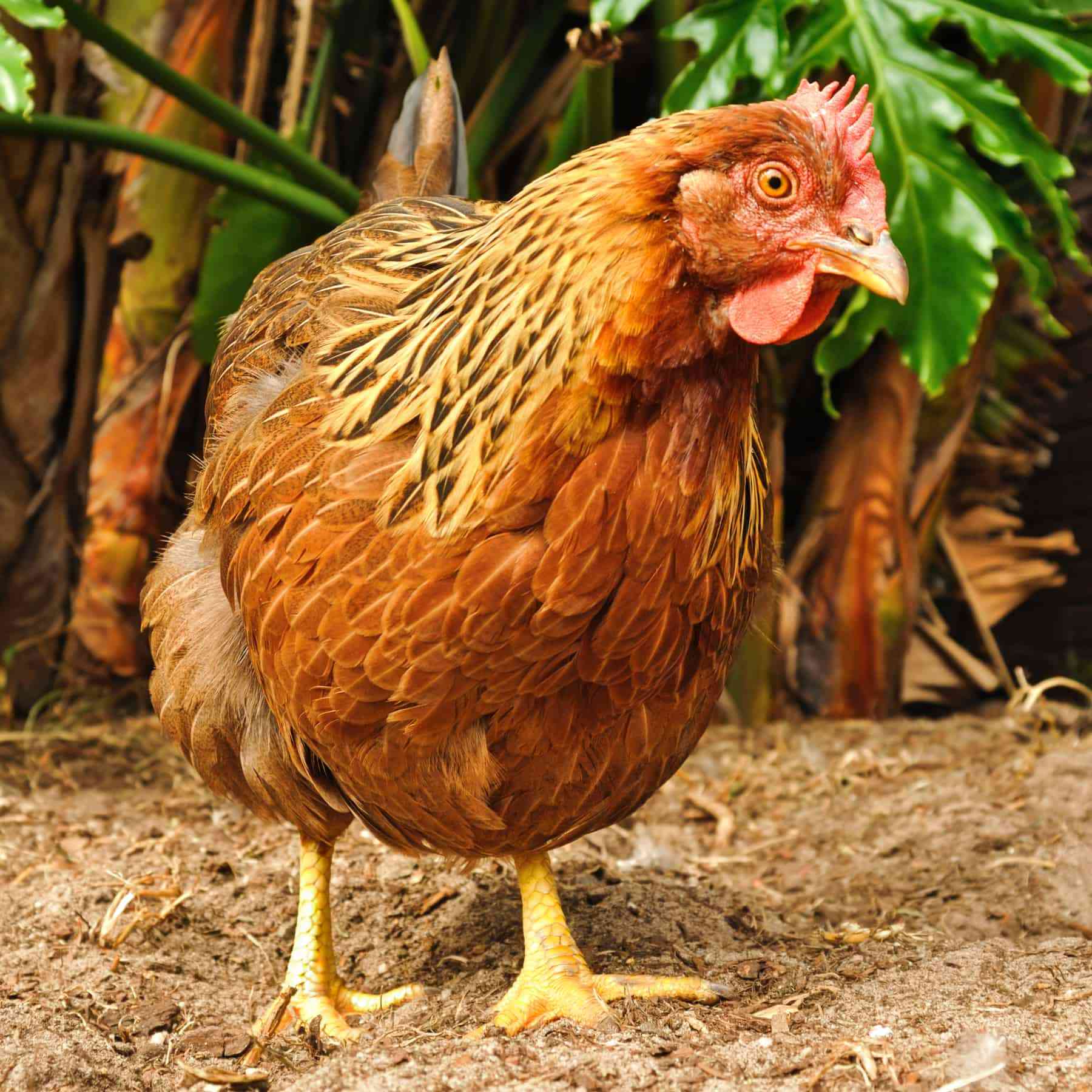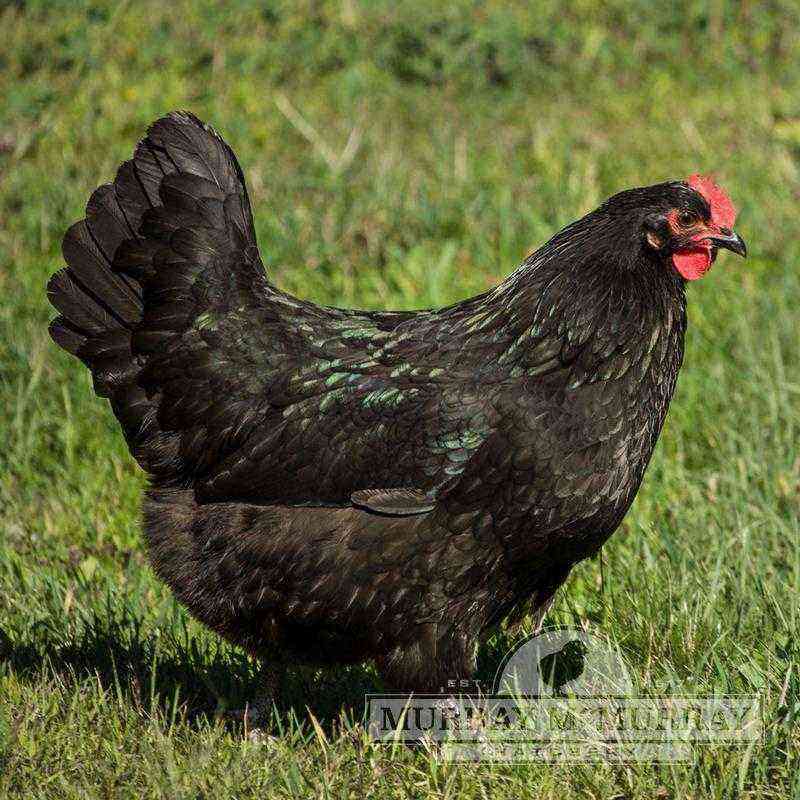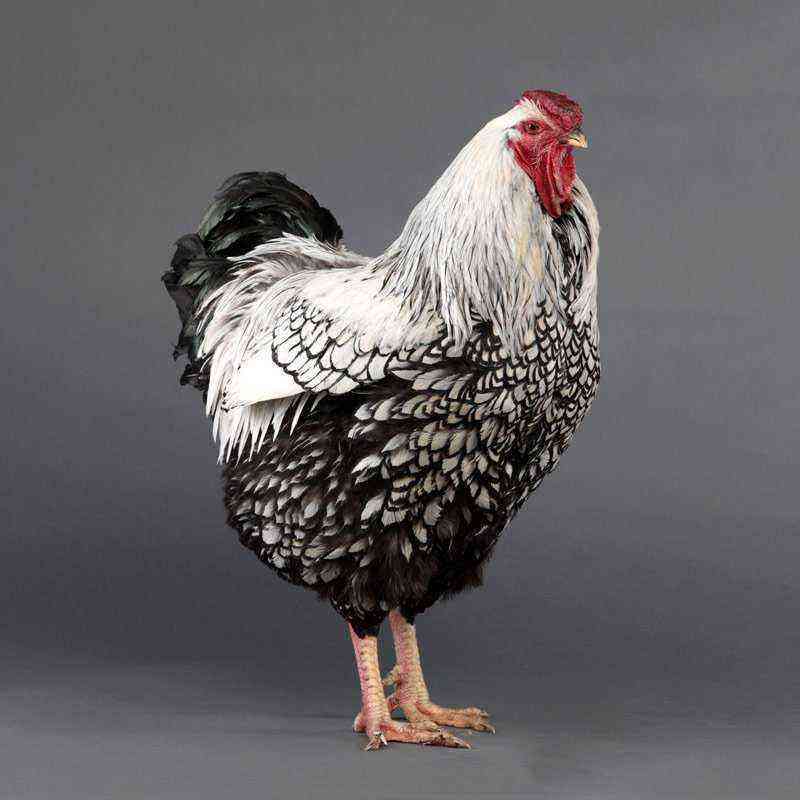Every breed of chicken that is actively farmed now deserves attention. But even among them there are “leaders” – for example, barnevelder. And everyone who wants to organize a farm with birds should be aware of such breeds, especially time-tested ones.
Breed origin
Various descriptions unanimously report that this variety was developed by Dutch breeders. The authors of special literature agree that all individuals of the breed are very beautiful. It is usually attributed to the meat-egg variety. As for the rest, opinions differ. There is not even reliable data on when exactly they began to use barnevelder chickens in the household. Three main versions date their appearance respectively:
- the beginning of the XNUMXth century;
- the end of the same century;
- 1900s or 1910s.
In foreign sources, including Dutch, all 3 options are often mentioned. But the localization of the excretion site can be considered confirmed. The breed is named after the Dutch town of Barneveld. Experts believe that to breed the type of chickens in the Netherlands, hybridization of local birds with Cochinchins or Langshani was used. Both morphologically and genetically, Cochinchins and Langshans are close, therefore even modern biology cannot give an exact answer.
Curious is the fact that English-language sources mention the connection of the breed with American Wyandotes. According to other sources, in the early years of the twentieth century, crossing with orpingtons could be carried out. And yet, versions about cochinchins and langshans are the most popular among professionals. Otherwise, it is difficult to explain the genesis of brownish egg shells and the achievement of significant egg production during the cold months. It is worth noting that it was originally planned to achieve not just brown, but thick coffee coloring of the eggs.
This task turned out to be insoluble to the end. Barnevelders were included in the official classifiers in 1923. Attempts at earlier registration failed due to the pronounced heterogeneity of individuals. In the course of breeding work, it turned out that the birds acquired an elegant two-tone color. As a result, they practically dropped out of the number of productive breeds, and the efforts of zootechnicians even concentrated on obtaining a dwarf subtype.
According to the current gradation, the Barnevelder breed is recognized as a representative of the universal trend. And inside it belongs to the heavy type. Compared to other meat and egg varieties, a rather significant mass and solid egg productivity draws attention. The mass of adult roosters can reach 3,5 kg, in chickens this figure is 2,8 kg. An average of 190 eggs is obtained per year, the average weight of which is 0,06 kg.
Barnevelders are always squat, large and have a powerful skeleton. They develop large heads ending in a short beak in black and yellow. The scallops are relatively small, painted red. The same color is typical for earrings, lobes. The neck is vertically attached to the horizontal body.
The back is straight and wide. The fluffy tail is high-set. The shoulders are fairly broad. Short wings are firmly pressed to the body. The chest is wide and well filled. The belly is most developed in laying hens.
The short legs of the barnevelder are still distinguished by their great power. The rooster ring in diameter reaches 0,02 m. Yellow metatarsus is characteristic of animals. The fingers are set wide apart, ending in light claws. The difference between standard individuals in different states is associated with color features.
The Dutch officially recognize only red and black, black and white and lavender bicolor chickens.
The so-called bantams, which are now being actively developed by Dutch breeders, do not yet have an official status. The white type does not have much difference from the others. The same can be said about black birds.
Advantages and disadvantages
Barnevelders are not too whimsical to growing conditions. The eggs they give are covered with very beautiful shells. There are quite a few eggs. Chickens gain weight very quickly. Barnevelders are considered a universal type and look very attractive. A chicken of this breed easily gets used to any owners and even to a change in the situation. Birds are calm and do not conflict with other individuals. Barnevelders are lazy and therefore unlikely to leave the site voluntarily. Of the negative features can be called:
- tendency to dig in the ground (high risk of damage to flowers or other cultivated plants);
- inactivity (causing diseases of the limbs);
- the need to allocate more free space for walking than representatives of other breeds.
Content Rules
Coop
Even for barnevelder chicks, cleanliness is extremely important. Keeping in crates is not a good idea. It is advisable to allocate a special room or cage (but this is already the most extreme case, since the result may be bad). It is worth taking care of sufficient heat. Already in the first minutes, the birds need to create a temperature of 30 degrees.
As their organisms develop and thermoregulation improves, it is lowered by 3 degrees per week. Stop as soon as room temperature is reached.
For 1 sq. m. Ideally, there should be no more than 3 individuals. Only with an acute lack of space can you start 5 chickens on the same area.
The backlight intensity should be at least 17 hours a day. This can only be achieved in winter with electric lamps. Connoisseurs recommend preparing columnar foundations for a chicken coop. Such supports allow you to achieve dryness and eliminate other problems. The floors are made of clay, if necessary, it is changed, spending about 15 kg per individual per year.
The choice between brick, wooden or cinder block walls is determined by the convenience of construction and the climate. It is better to provide some margin for thermal properties. Then even the most severe frosts will not harm the animals. Perches are made at least 1 m above the floor. A gap of at least 0,3 m is made between them.
Food
With proper care, you can achieve rapid and full development of chickens. A prerequisite for success will be the use of combined feeds with significant amounts of protein. But the need for vegetables and garden greens cannot be ignored either. At a young age, barnevelders need to be vaccinated and added to the feed:
- yeast;
- fish fat;
- factory vitamin complexes.
Only this approach ensures the development of immunity and the reduction of the risk of diseases. Adults do not consume much food, but they can grow to a large size. You can safely eat the same food as for other meat and egg breeds. Particular attention deserves the preparation of a diet for laying hens. All year round it is required to use dry grain.
It is recommended to give preference to a combination of barley, wheat, corn and other cereals. It is also necessary to give the bird green food – tops, field grass and other vegetation. In cold weather, herbal food is presented either in dried form, or in the form of flour, or as special granules. Barnevelder also needs vegetables year-round. With their help:
- most naturally the body is saturated with vitamins;
- manages to cope with fiber deficiency;
- the problem of a lack of carbohydrates and other useful substances is solved.
When winter comes, vegetables in the diet should only become more. The mineral components of nutrition are also very important. Chalk and shells play the greatest role among them. Feed yeast should also be used. The most crucial time is from November to mid-April, while fresh green fodder has not yet appeared..
Only fresh combined feeds can be used. All spoiled and affected by mold are thrown away. They can cause disease. You can safely use dairy products.
Skimmed milk and cottage cheese, yogurt should be added to the mixers; serum can give a good result.
From green food recommended:
- nettle;
- sorrel;
- dandelion leaves.
Other important components worth mentioning are:
- beets;
- carrots;
- boiled potatoes;
- pumpkin;
- cabbage (other vegetables are less valuable).
Place for walking
Barnevelders fly quite well. Even a significant mass does not particularly prevent them from overcoming high barriers. Therefore, it is necessary to thoroughly block the path to escape with nets. Limiting space for walking is dangerous because the breed is already inactive. Lack of movement can even lead to leg atrophy.
Raising a healthy bird in such conditions is obviously impossible. But we must also remember that in winter, chickens of this breed must be constantly warm. Therefore, from late autumn to spring they are kept without walking. Additionally, care must be taken to There was a warm bed all the time. This requires creating fairly large chicken coops where the barnevelders can at least warm up a little.
The temperature in the chicken coop should be constantly from 5 degrees and above. If severe frosts come, you will have to heat the room additionally. The need to constantly maintain heat is also connected with the fact that sometimes molting begins very late. This leads to hypothermia and other problems. There will be no eggs during molting.
Diseases
Barnevelder chickens can suffer from parasites. You can prevent damage by maintaining cleanliness in the room. It is equally important, however, to systematically treat the chicken coop with special compounds. As for the lesions of the joints, perhaps the best prevention would be to provide them with a spacious walking area. The prevention of cannibalism is the addition of fishmeal to the diet.
Breeding
Barnevelder chickens hatch chickens well from their own eggs. In this case, the survival rate reaches 95%. If young animals are brought from another region, they will have to be vaccinated – this is an important condition for full adaptation. Young birds in the first 7 days of life are kept at a temperature of 35 degrees. Then it is systematically lowered.
Illumination in the first 48 hours of life should be around the clock.
At first, only finely chopped boiled eggs are given for food. From the second day of life add:
- nettles;
- cottage cheese;
- vegetables;
- millet.
Reviews
Consumers give barnevelders a positive assessment, of course. They are praised for their high egg production. At the same time, it is worth noting that some individuals tend to peck at laid eggs. Helps cardinally only pruning beaks. The beauty of feathers, the omnivorousness of the bird are appreciated, but sometimes it is noted that its size is not too large.
You can see about barnevelder chickens in the next video.
